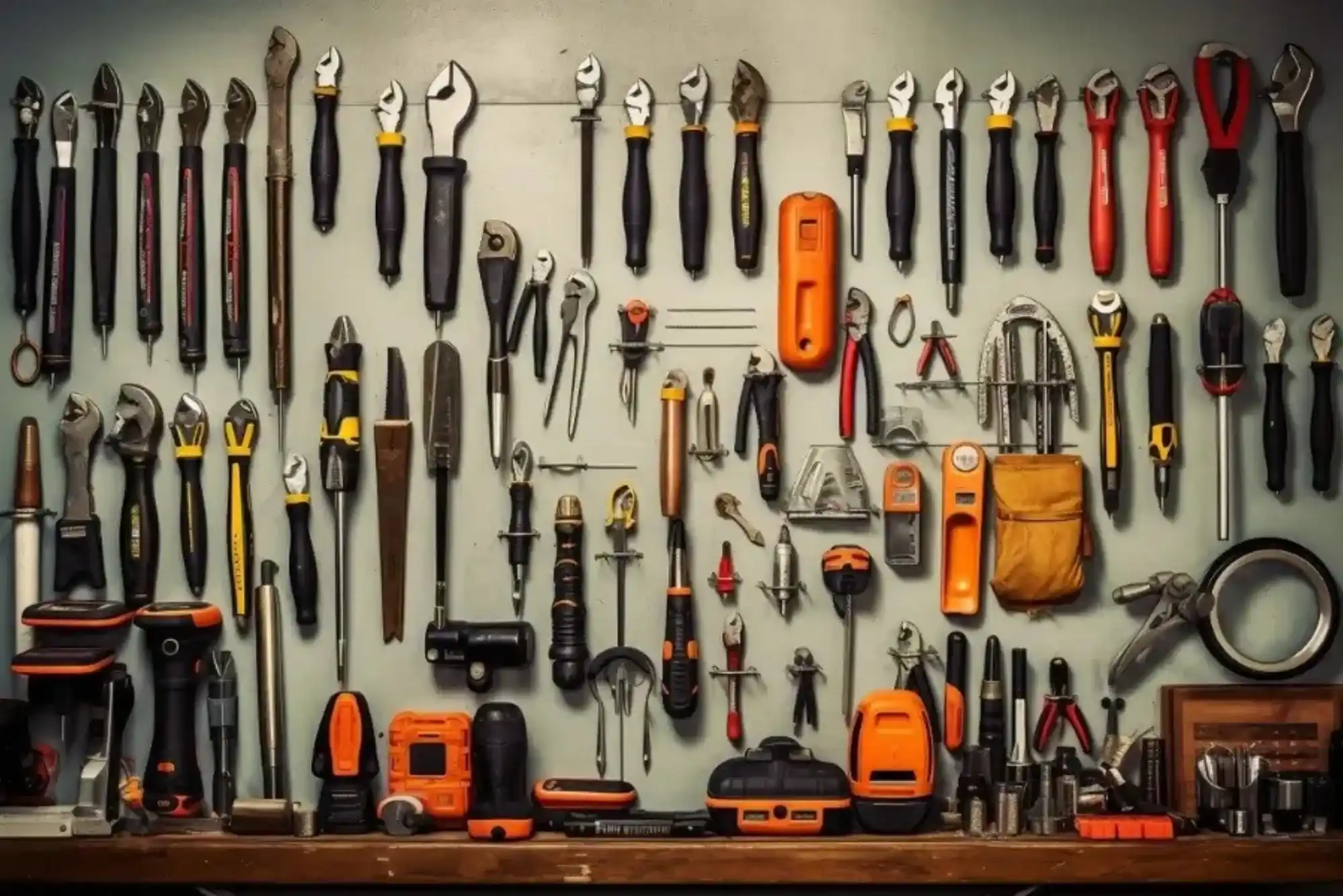Tool manufacturers rely on a wide range of materials to deliver durable, efficient, and reliable tools. By selecting the right components, they ensure their products meet the diverse needs of professionals and everyday users alike. From metals to composites, each material plays a vital role in the performance and longevity of tools.
Why Material Choice Matters for Tool Manufacturers
The choice of materials is crucial for creating high-quality tools. For professional Tool Manufacturers, it determines everything from durability to cost-effectiveness. Whether it’s a hand tool or a power tool, the material directly impacts its usability and lifespan.
Benefits of Using the Right Materials
- Boosts Performance: High-quality materials ensure tools function smoothly even under strain.
- Improves Longevity: Tools made with durable materials resist wear and tear, reducing replacement needs.
- Enhances User Safety: Strong and resilient materials minimize the risk of breakage during use.
- Reduces Maintenance: Durable tools require fewer repairs, saving time and money for users.
Common Materials Used in Tool Manufacturing
1. Stainless Steel
Stainless steel is a popular material due to its strength and resistance to corrosion. It’s commonly used in tools that are exposed to moisture or harsh conditions, like wrenches, screwdrivers, and pliers.
Why Manufacturers Choose Stainless Steel:
- Excellent rust resistance
- High durability
- Easy to clean and maintain
2. Carbon Steel
Carbon steel combines strength with affordability, making it a favorite in the production of cutting tools like saws and blades. It can be hardened to withstand heavy-duty use.
Key Features:
- Strong and durable
- Cost-effective for mass production
- Suitable for tools requiring sharp edges
3. Aluminum
Lightweight yet durable, aluminum is commonly used in power tools and handles for its ease of use and portability. It’s also resistant to rust, which enhances its longevity.
Benefits of Aluminum:
- Lightweight for greater control
- Non-corrosive properties
- Recyclable and eco-friendly
4. Plastics and Polymers
Plastic materials are widely used for handles, housings, and non-structural components. Advanced polymers offer strength while keeping tools lightweight and cost-efficient.
Advantages:
- Comfortable grip and ergonomic design
- Reduces overall tool weight
- Affordable and available in various forms
5. Tungsten Carbide
Tungsten carbide is incredibly tough and primarily used in cutting tools, drill bits, and industrial machinery. It maintains its sharpness longer than most metals.
Why It’s Used:
- High hardness and heat resistance
- Ideal for precision cutting
- Longevity in abrasive tasks
6. Composites
Composites, like fiberglass and carbon fiber, are innovative materials increasingly used in tool manufacturing. They combine lightness with exceptional strength.
Features:
- Superior strength-to-weight ratio
- Great for tools that require flexibility and durability
- Resistance to environmental wear
Eco-Friendly Materials in Tool Manufacturing
With growing concern for sustainability, many Tool Manufacturers now explore eco-friendly materials and production techniques. These include:
- Recycled Metals: Using recycled aluminum or steel reduces waste and preserves natural resources.
- Biodegradable Polymers: Plastic alternatives that decompose naturally, lowering environmental impact.
- Sustainable Composites: Innovations such as plant-based fibers offer an eco-friendly edge.
By integrating these materials, manufacturers contribute to a greener future without sacrificing quality.
Tips for Choosing the Right Tools
Selecting tools made with the best materials can make a major difference in performance and reliability. Keep these tips in mind:
- Understand the Primary Material: Know the material used in a tool’s construction to match it with the intended task.
- Look for Certifications: Check if the manufacturer complies with quality standards for durability and safety.
- Read Reviews: User feedback can highlight whether the materials hold up in real-life conditions.
- Ask for the Manufacturer’s Transparency: Reputable manufacturers are open about the materials and methods used in their tools.
Trusting reliable Tool Manufacturers ensures you get tools designed with top-grade materials to handle tough jobs.
Final Thoughts
Materials are the foundation of any high-performing tool. From the strength of stainless steel to the innovation of composites, the selection process is key for tools that last and perform. By choosing manufacturers committed to quality and sustainability, you invest in tools that deliver exceptional results while contributing to a better environment.




